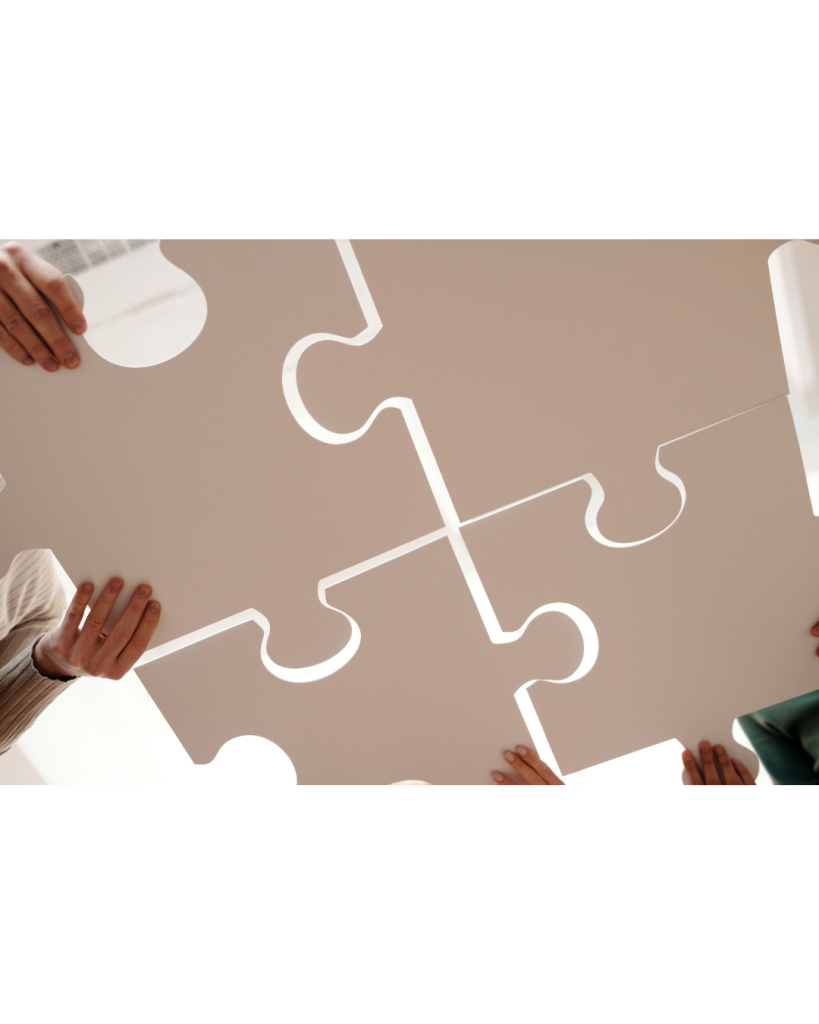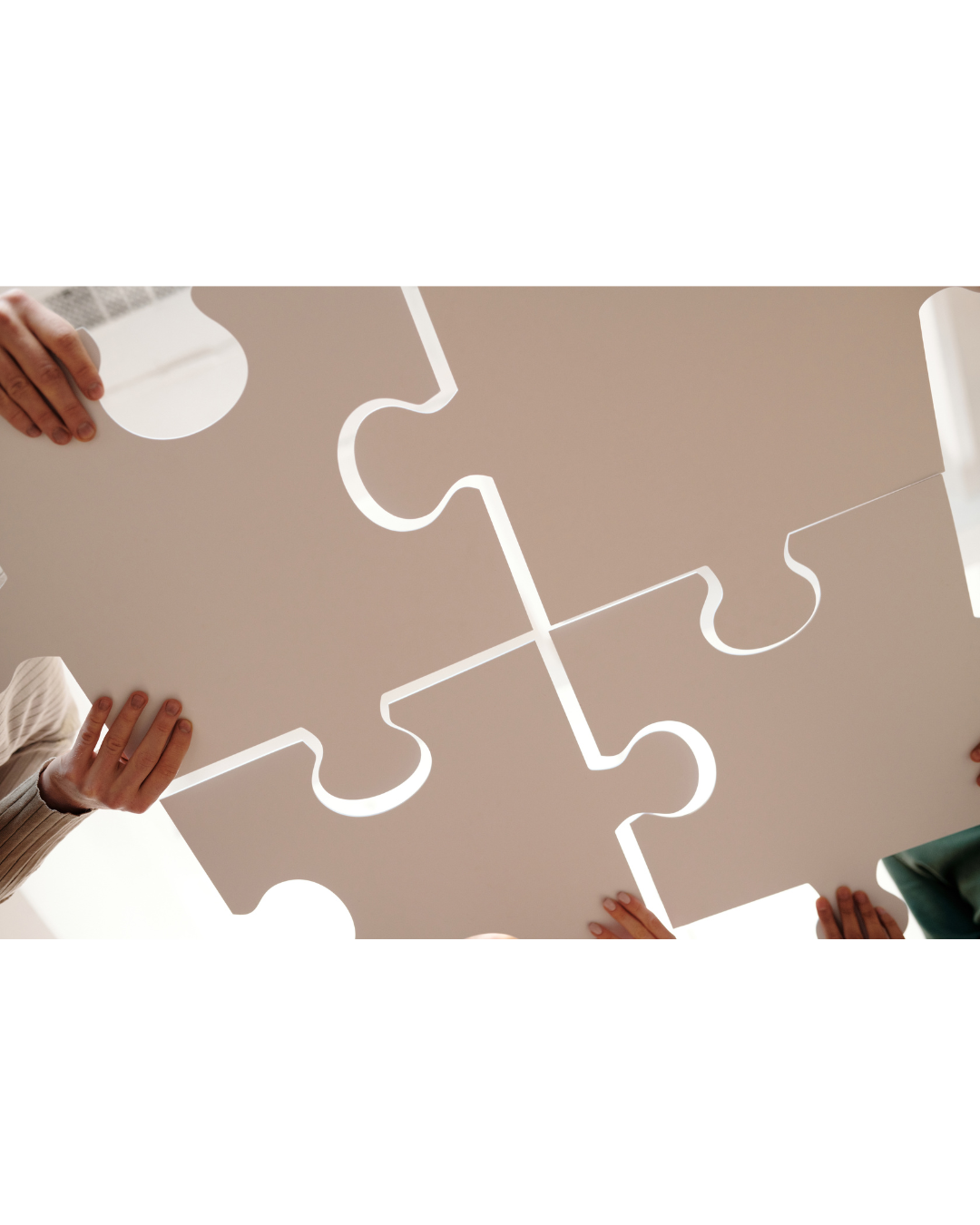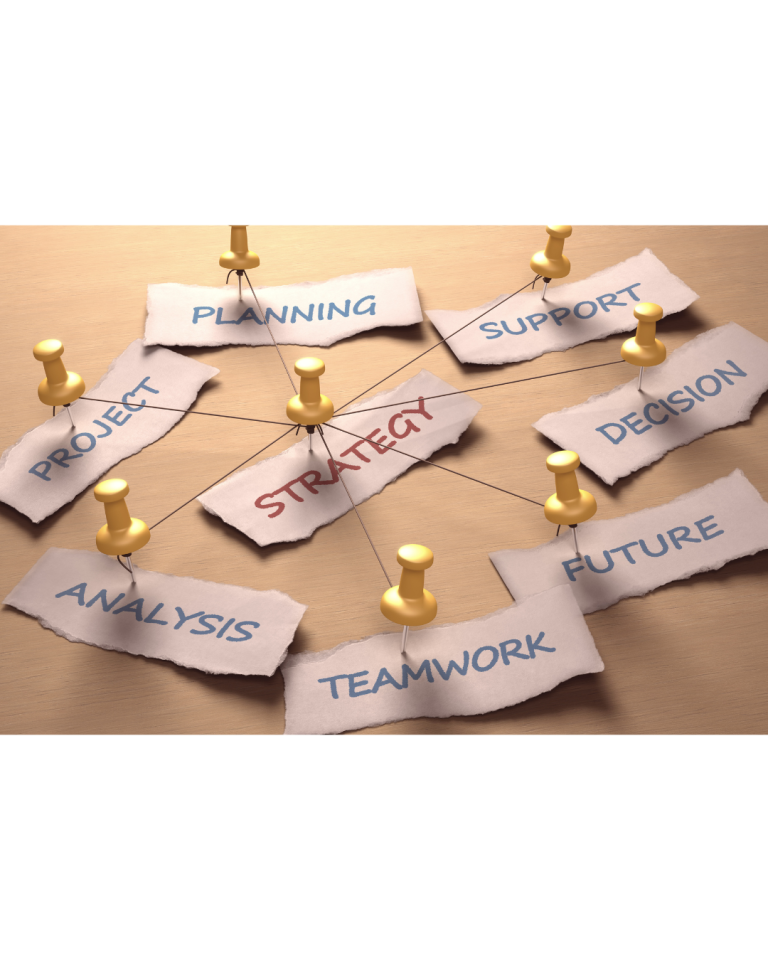ERG Alignment: When Every Group Is Doing Its Own Thing

If Your ERGs Feel Disconnected, You’re Not Alone
ERG alignment is one of those things everyone knows they need but few know how to actually achieve. Maybe you’ve got six ERGs, each with different goals, leadership styles, budgets, and reporting methods. They’re doing good work. But they’re doing it in silos.
And when ERGs operate like a patchwork of independent projects, a few things happen:
- It’s hard for leadership to see impact
- Sponsors don’t know how to engage across groups
- Resources get unevenly distributed
- Leads feel isolated, not collaborative
- Opportunities for cross-ERG initiatives get missed
It’s not a lack of activity. It’s a lack of cohesion.
Why Misalignment Happens
Most ERGs form organically. A few employees step up, rally interest, and get something going. Which is great, for getting started. But over time, without a shared structure or strategy, each group evolves on its own.
Here’s what tends to drive misalignment:
- Different founding teams, visions, or leadership styles
- No shared planning calendar or goal-setting process
- Sponsors giving different levels of time, support, or access
- No consistent expectations across ERGs
- DEI or HR teams spread too thin to unify the work
So instead of a network, you get a series of passionate-but-parallel programs.
What Real ERG Alignment Looks Like
This isn’t about making every ERG the same. It’s about building a common foundation so they can move in the same direction, together.
- Shared Strategic Focus Areas
- Think big-picture themes like talent development, cultural education, or community engagement. ERGs choose how to support them, but they’re all contributing to a shared outcome.
- Consistent Planning and Reporting Cycles
- When every ERG runs on a different calendar, coordination gets messy. A shared rhythm, quarterly planning, yearly reports, aligned goals, keeps everyone connected.
- Standardized Tools and Templates
- Use the same charters, event planning templates, onboarding guides, and KPI frameworks across all ERGs. This makes collaboration and leadership transitions way easier.
- Cross-ERG Collaboration
- Set aside time or structure for shared events, advocacy, or co-hosted initiatives. That’s where the real synergy happens and how you model intersectionality in practice.
- Clear Sponsor Expectations
- Sponsors across all ERGs should have a shared understanding of their role, responsibilities, and time commitment. That alignment sets the tone from the top.
What You Gain from Alignment
When your ERGs are aligned:
- Leadership sees a cohesive program, not just a collection of groups
- Your org can scale with confidence, adding new ERGs without reinventing structure
- Resource sharing becomes real, not aspirational
- Collaboration replaces competition
- ERGs feel like a movement, not just meetings
Alignment doesn’t erase individuality. It amplifies it through connection.
Want more on how to lead ERGs that actually move together? Keep reading the blog for real-world frameworks and leadership strategies. And if you’re ready to stop spinning and start scaling, Book a Discovery Call.






